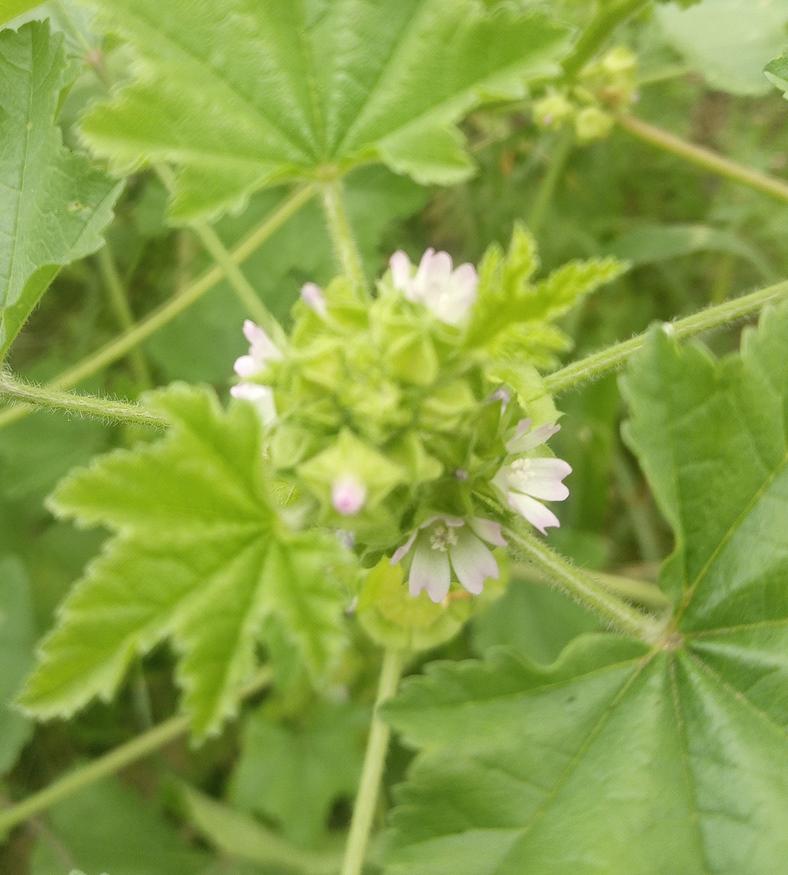
2 minute read
The Foragers Corner
By Kimberly Patterson Silver Sage
Hello fellow wild food foragers, my name is Kimberly and I am the owner of Silver Sage Cottage I study edible plants in our local area for basic survival and fun It’s surprising the amount of wild food, medicine and useful plant resources that are available to us in nature I will be showcasing one, safe, easy to identify, wild edible plant each month I will provide a photo, a common name, a botanical name, some basic information about the plant and a recipe to try I forage and eat the plants showcased and know them to be safe, however I encourage you to do your own research and ensure that you have the correct plant before eating it
Disclaimer: I am not responsible for what you ingest, you are wholly responsible for your own safety If you are unsure, please feel free to contact me for help with identification at Silver Sage Cottage 0498076683
Common Mallow (Malva
Parviflora)
Hello again Foraging Friends, I hope this month’s well-known weed gives you a nice surprise Hardy and drought tolerant, this plant is used all over the globe as a food source It has a gelatinous texture and is good for thickening soups, stews and pie fillings It is also an excellent substitute for egg whites and every part of the plant is edible raw and cooked.
LEAVES: young leaves eaten raw or cooked as a salad or spinach type vegetable.
SEEDS PODS: picked when fresh and green, the raw “cheeses” taste nutty These young pods can be brined or pickled like capers
ROOTS: jelly from the root is used as an egg white substitute. 1 tablespoon dried mallow root in 1 tablespoon water = 1 egg white.
SUPER FOOD: Vitamins A, B, C, Calcium, Magnesium, Potassium; the young leaves have the highest Vitamin A of any vegetable
MEDICINAL: leaf tea calms restlessness, tummy upsets and urinary tract infections. It’s a wonderful wound poultice and healing salve. The root has been recorded in history as an aphrodisiac.











